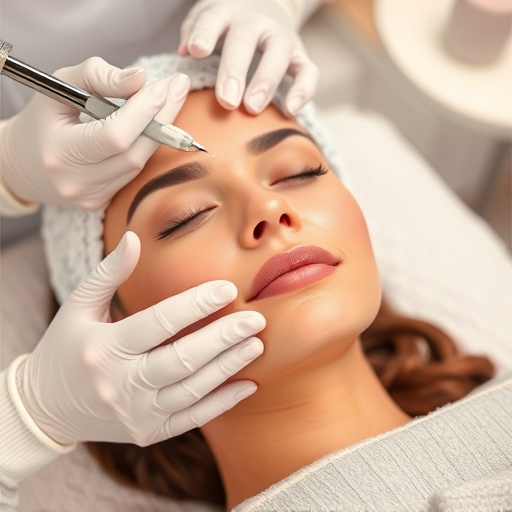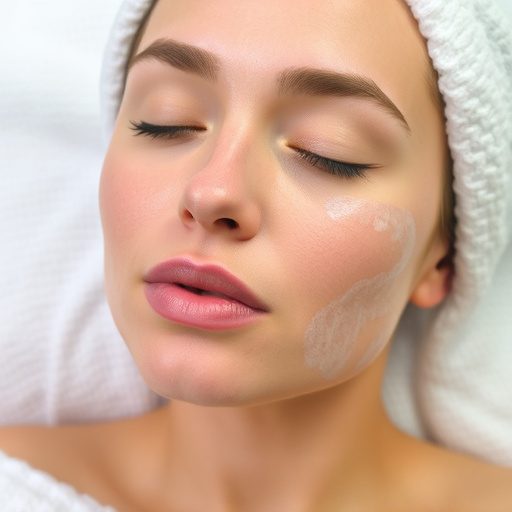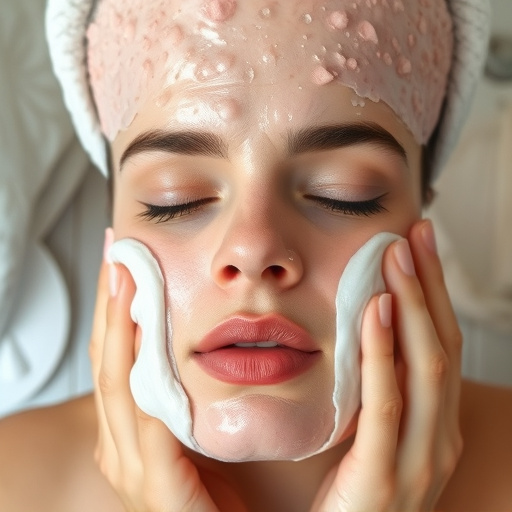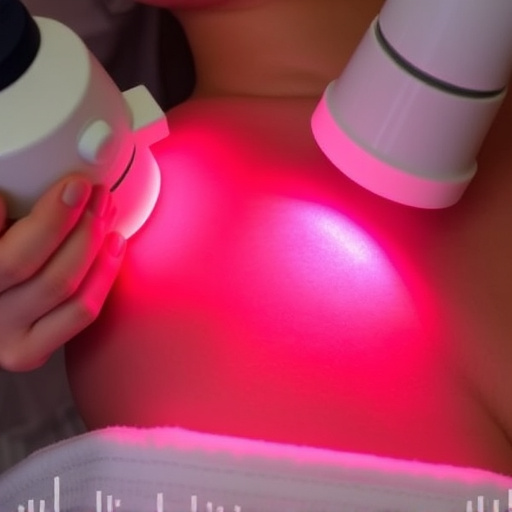Understanding FDA approval is crucial for evaluating medical procedure insurance coverage. FDA approval guarantees a treatment's safety and efficacy, influencing insurance provider decision-making. Many common FDA-approved procedures are covered by insurance, enhancing accessibility. By reviewing policy documents and contacting insurers, individuals can navigate coverage effectively for desired treatments like skincare procedures, ensuring informed decisions.
Are you considering a medical procedure but unsure about insurance coverage? This article explores the relationship between FDA-approved procedures and insurance plans. Understanding FDA approval is crucial as it ensures safety and efficacy, which directly impacts insurance considerations. We’ll guide you through common approved procedures and how to navigate your insurance policy to determine coverage. By the end, you’ll be equipped with knowledge to make informed decisions regarding your healthcare choices.
- Understanding FDA Approval and Its Relevance to Insurance Coverage
- Common FDA-Approved Procedures and Their Insurance Considerations
- Navigating the Process: How to Determine If Your Plan Covers FDA Approved Treatments
Understanding FDA Approval and Its Relevance to Insurance Coverage
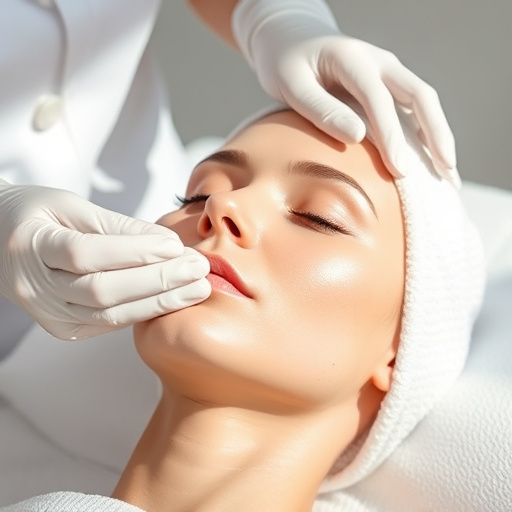
Understanding FDA approval is crucial when considering the coverage of medical procedures by insurance plans. The U.S. Food and Drug Administration (FDA) plays a pivotal role in ensuring the safety and effectiveness of medical devices and treatments before they reach the market. When a procedure or product receives FDA approval, it signifies that extensive testing and evaluation have been conducted to verify its efficacy and minimal risks. This approval process is essential as it guarantees patients that the procedures they undergo are reliable and meet specific health standards.
For insurance providers, understanding FDA-approved procedures is vital when determining coverage. Insurance plans typically cover a wide range of medical services, including those backed by FDA approval. This coverage can extend to various medical spa services and treatments, such as chemical peels, which are often sought for skin health improvements. Knowing the FDA’s role in approving these procedures helps insurance companies assess risks and negotiate contracts with healthcare providers, ultimately impacting the accessibility and affordability of essential medical treatments for policyholders.
Common FDA-Approved Procedures and Their Insurance Considerations
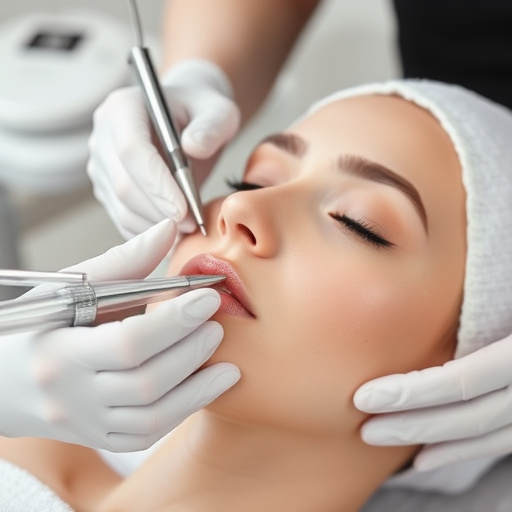
Many common FDA-approved procedures are often covered by insurance plans, making them more accessible to those seeking safe and effective treatments. These procedures range from medical spa services like hydrating facials and personalized skincare to other essential healthcare interventions. Insurers typically evaluate the medical necessity of a procedure and its alignment with established guidelines before determining coverage.
When it comes to medical spa services, insurance considerations play a significant role in accessibility. Hydrating facials, for instance, often fall under routine cosmetic procedures unless there’s a specific medical condition being addressed. Personalized skincare treatments may have varying levels of coverage depending on the plan and the specific products or techniques used. Understanding these nuances is crucial for individuals looking to leverage their insurance benefits effectively while accessing FDA-approved procedures they need or desire.
Navigating the Process: How to Determine If Your Plan Covers FDA Approved Treatments
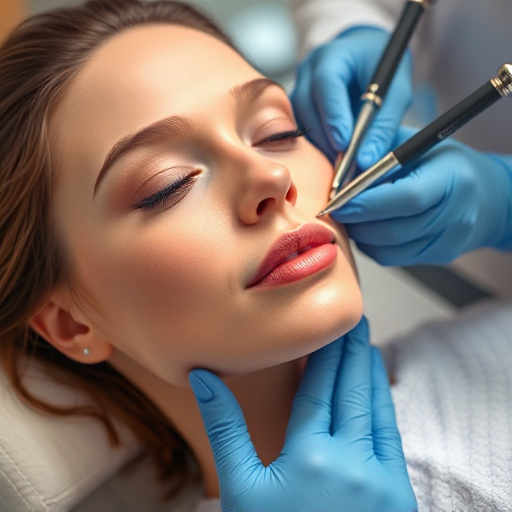
Navigating the process of determining if your insurance plan covers FDA-approved treatments can seem daunting, but it’s a crucial step in ensuring access to quality skincare solutions. Start by reviewing your policy documents carefully. Most insurance companies list covered services and procedures within their plans, including specific references to FDA-approved devices or treatments for conditions like acne, hyperpigmentation, and skin texture issues, such as personalized skincare, skin brightening, and pore refinement. Look for terms like “in-network providers” and “covered benefits,” which can guide you on what’s insured.
Next, reach out to your insurance provider directly. Their customer service team is equipped to provide detailed information about coverage. Explain the FDA-approved treatment you’re interested in, and inquire about its status within your plan. They may ask for specific details like the medical necessity and the type of procedure. Be prepared with questions like “Is [specific treatment] considered a covered service?” and “Are there any out-of-pocket expenses I should anticipate?” This dialogue ensures transparency and helps you understand the scope of coverage for your desired skincare treatments.
Understanding the relationship between FDA approval and insurance coverage is key to navigating healthcare decisions. Many FDA-approved procedures are indeed covered by insurance plans, making them accessible options for those seeking quality care. However, it’s essential to check with your specific plan as policies may vary. By familiarizing yourself with common approved procedures and their considerations, you can confidently determine if your insurance will cover these treatments, ultimately facilitating a smoother healthcare experience.








